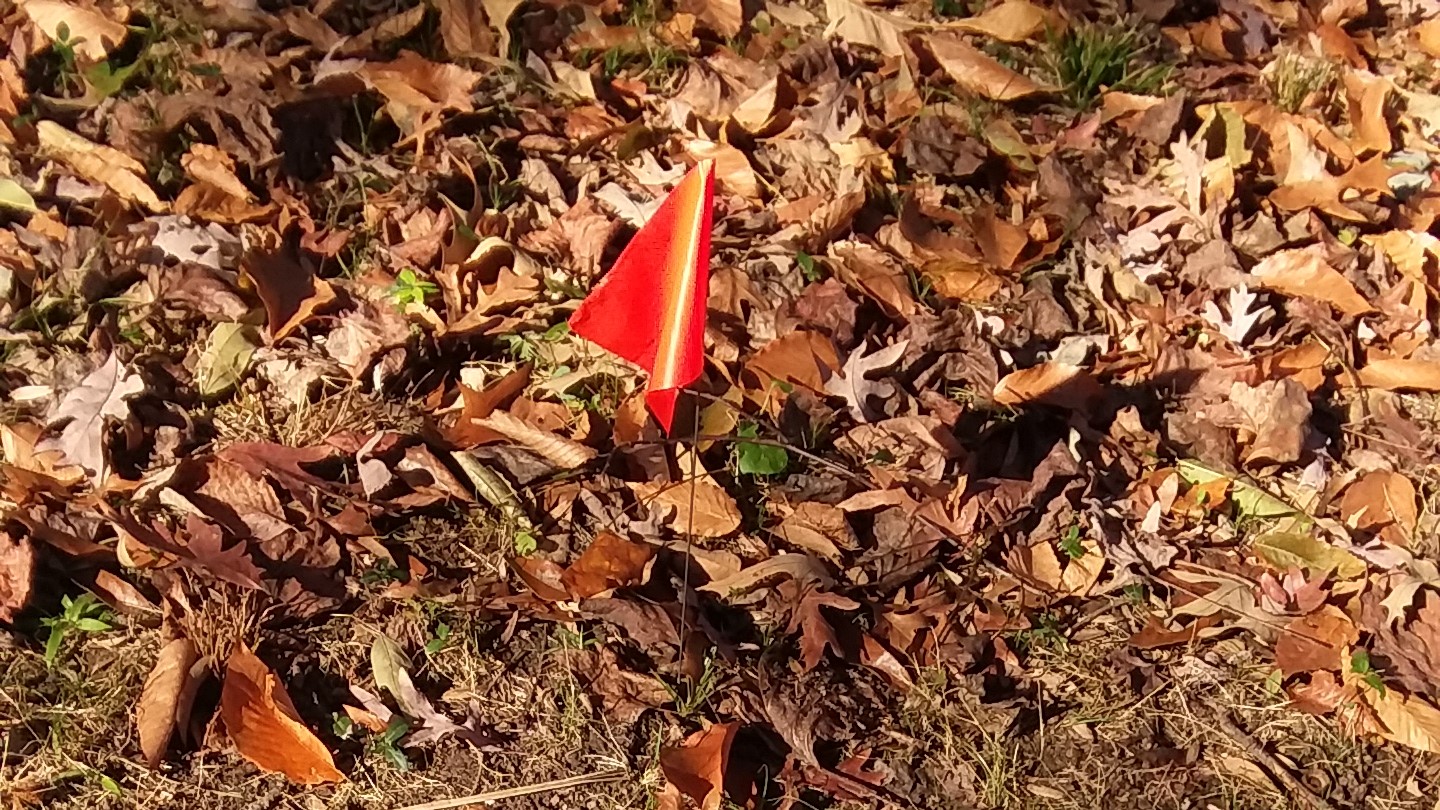
Earlier today, the National Trust for Historic Preservation announced its 2021 list of America’s 11 Most Endangered Historic Places. The list includes the Morningstar Tabernacle No. 88 Order of Moses Cemetery and Hall site in Cabin John, Maryland. This annual designation of the National Trust raises national awareness about threatened historic sites across the country. The Maryland Sierra Club applauds this announcement and stands in solidarity with the Friends of Moses Hall and other community leaders defending this critical historic site.
Since 1988, the National Trust has used the list to raise awareness about the threats facing some of the nation's greatest treasures and galvanize preservation efforts. Katherine Malone-France, chief preservation officer for the National Trust for Historic Preservation explains, “We’re looking for sites that already have dedicated local partners who are fighting for these places. And we’re looking for places that just don’t have threats but have potential solutions . . . that could provide a model for other historic places.”
The over 120 year old Morningstar cemetery and hall site has gone from being unmarked on Maryland Department of Transportation maps for the proposed I-495 & I-270 toll lane expansion project to inspiring community group, county, and congressional support and even state bills. And now it is being given national importance as one of America’s 11 most endangered historic places.
Governor Larry Hogan’s proposed highway expansion for four additional private toll lanes along this stretch of I-495 threatens the lodge hall foundation and graves, as well as the integrity of the viewscape of the cemetery. It would also encroach on the historic church on the other side of the highway. Sixty years ago, the highway bisected the only Black community in the Cabin John area and precipitated its decline. What remains of the once thriving Gibson Grove community is the cemetery and hall foundation associated with the Ancient United Order of the Sons & Daughters, Brothers & Sisters of Moses, an African American benevolent society, and the historic hilltop Gibson Grove AME Zion Church on the other side of the highway, now under the leadership of First Agape AME Zion Church.
Local neighbors, activists, and descendants sprang into action when they realized the risk to the physical remains of the African American Gibson Grove Community in Cabin John. They undertook cemetery cleanups and formed a group to protect the site, Friends of Moses Hall. A remarkable assortment of historical information and artifacts still exists that brings this special community’s history to life, including the lodge minutes book from 1904 to 1914.
In the 1880s, once-enslaved, free Black Americans in Cabin John bought land, built homes, and created a community so they could worship and be educated and established a benevolent society so they could be buried and have support in illness -- services they could not have at the time due to their skin color. The community was called Gibson Grove, named for Sarah Gibson, who escaped slavery when Union soliders during the Civil War passed through the Virginia plantation where she and family lived. According to church history, her harrowing escape involved many miles on foot and carrying her two children across a fast flowing stream at night. Sarah Gibson led free Black Americans in building community, just as fellow Marylander Harriet Tubman decades before her led those in bondage to freedom. The story of Gibson Grove overlaps with the stories of two other nearby visionary women, famed Red Cross founder Clara Barton and the intrepid Lily Stone, whose quarry stone was used for the National Cathedral, National Zoo, and many other landmarks.
The cemetery is National Register of Historic Places eligible and significant in Montgomery County and state history. It is associated with the first African American Moses benevolent society in Montgomery County, established in 1885. It may also represent an as yet unnamed classification of historic African American cemetery, according to a recent study commissioned by Maryland Department of Transportation State Highway Administration.
Friends of Moses Hall Press Release can be found on their website.
Maryland Sierra Club’s Director Josh Tulkin, stated: “The Morningstar Tabernacle No. 88 Cemetery and Hall site is receiving the national recognition it deserves. We hope this recognition will bolster efforts to protect this important historic site, which is valued by the local community and beyond. This site and the nearby historic church are a portal into another time, a part of our national identity and story, a symbol of triumph and also racial injustice, and a poignant call in our landscape to ensure that highway infrastructure is no longer used to erase history, culture, and community.”
Katherine Malone-France, Chief Preservation Officer, National Trust for Historic Preservation, stated in the organization's press release: “Saving the Morningstar Moses Cemetery and Hall site is how we make good on promises to expand our infrastructure in an equitable way without further destruction of communities of color. Past disregard for the heritage of the community of Gibson Grove in transportation projects has already resulted in the loss of an important part of our full American story. This endangered listing challenges us to do the right thing today as we expand our infrastructure, so there will be no additional wrong to correct in the future, and it also calls attention to the threats facing African American cemeteries across the country."
The National Trust for Historic Preservation has made it easy to send a letter encouraging the protection of this important historic site.